Description
Swiss Chard Fordhook Giant
Swiss Chard Fordhook Giant. Broad dark-green heavily crumpled leaves with white veins and stalks. Plants grow 24-28″ high with 2′” wide stalks. Abundant crops all season and even after the first light frosts. 50-60 days.
Cultivation Advice
Swiss chard is a cool-season crop. Plant ‘Fordhook Giant’ in early spring for a summer harvest or in late summer for a fall harvest. It can tolerate some frost.
Choose a location with well-drained soil and full sun to partial shade. Swiss chard generally tolerates partial shade, making it a versatile choice for various garden setups
Work organic matter, such as compost or well-rotted manure, into the soil before planting. This improves soil fertility and structure.
Plant seeds or seedlings about 6 to 12 inches apart in rows. Adequate spacing allows for good air circulation and helps prevent disease.
Keep the soil consistently moist. Swiss chard prefers regular watering to maintain optimal growth and leaf development
Apply a layer of organic mulch around the base of the plants to conserve soil moisture, suppress weeds, and regulate soil temperature
Swiss chard generally doesn’t require heavy fertilization. A balanced, all-purpose fertilizer at planting time should be sufficient. Side-dress with additional fertilizer if needed during the growing season
Begin harvesting outer leaves when they reach 6 to 8 inches in length. Harvest regularly to encourage continuous production. ‘Fordhook Giant’ is known for its vigorous growth.
Swiss chard is a good companion for many garden plants. Consider planting it alongside tomatoes, beans, or cabbage to enhance the overall garden ecosystem.
Monitor for pests like aphids or caterpillars. Use insecticidal soap or neem oil for organic pest control. Regularly inspect the undersides of leaves where pests often hide.
Swiss chard is relatively disease-resistant. However, proper spacing, good air circulation, and avoiding overhead watering can help prevent potential diseases.
Swiss chard ‘Fordhook Giant’ can be grown in containers. Ensure the pots have adequate drainage and use a high-quality potting mix. This is particularly useful for those with limited garden space.
To extend the harvest season, consider successive plantings every few weeks. This ensures a continuous supply of fresh leaves.
Swiss chard has attractive foliage and can be used for ornamental purposes in the garden. Its bold leaves and contrasting stalks add visual interest.
To keep harvested leaves fresh, store them in the refrigerator in a plastic bag or container. Use them within a few days for the best flavor and texture.
Swiss chard can be used in a variety of culinary dishes. Try sautéing it with garlic and olive oil, adding it to soups, or using it as a filling for savory pastries.
Ensure proper drainage, especially during the rainy season, to prevent waterlogged soil and reduce the risk of root diseases.
If you plan to save seeds, allow some plants to bolt and produce flowers. Collect seeds once they mature and store them in a cool, dry place for future
Harvest Swiss Chard ‘Fordhook Giant’ by cutting the outer leaves near the base of the plant. Avoid removing more than one-third of the plant at a time to allow for continuous growth.
For more intense leaf color, provide adequate sunlight. While Swiss chard can tolerate partial shade, exposing it to more sunlight tends to enhance the depth of the green color in the leaves.
Don’t discard the stalks! The white stalks of ‘Fordhook Giant’ are edible and can be used in cooking. They have a slightly milder flavor compared to the leaves.
Swiss chard prefers a slightly acidic to neutral soil pH (around 6.0 to 7.0). Test your soil and adjust if necessary for optimal nutrient uptake
Interplanting Swiss chard with herbs like basil or cilantro can enhance the flavors of both the chard and the herbs. Plus, it can help deter pests
Ensure that containers have proper drainage holes to prevent waterlogging, which can lead to root rot. Use a well-draining potting mix suitable for container gardening.

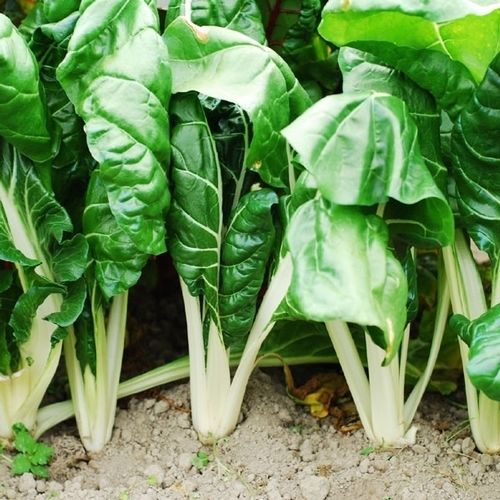
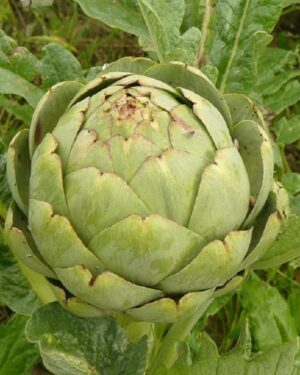
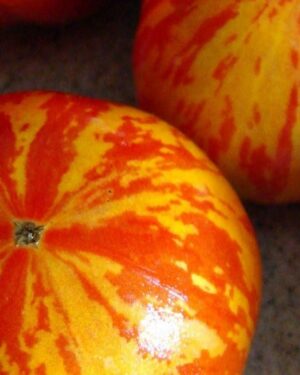
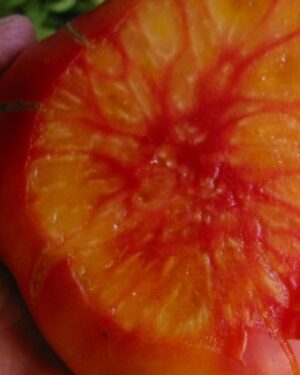
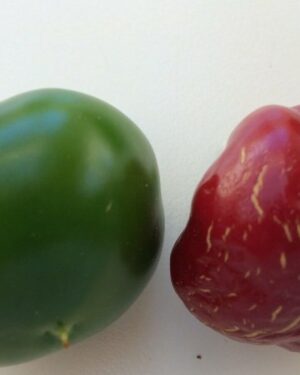


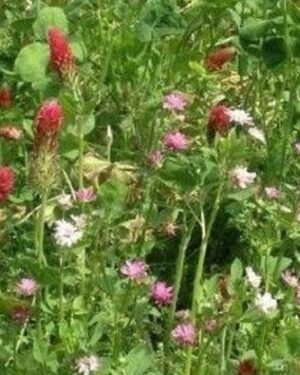
Reviews
There are no reviews yet.